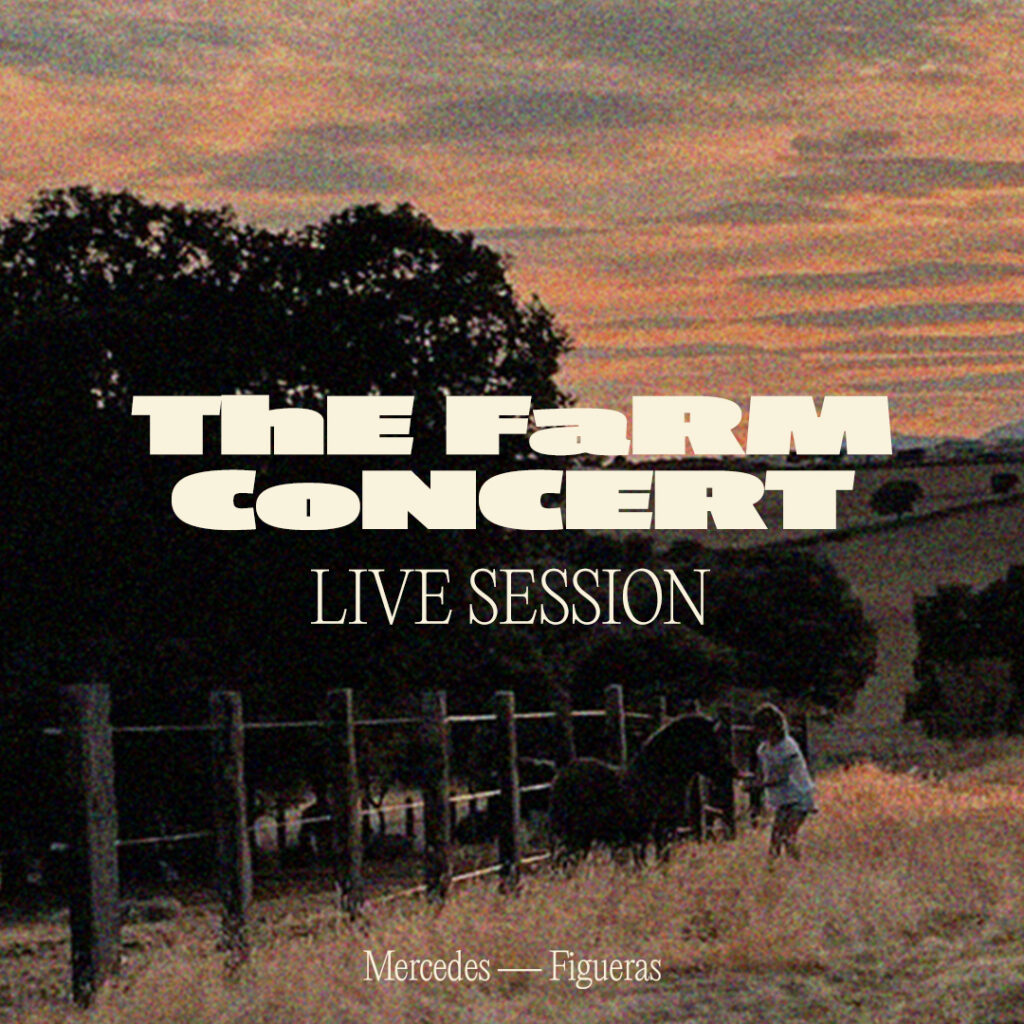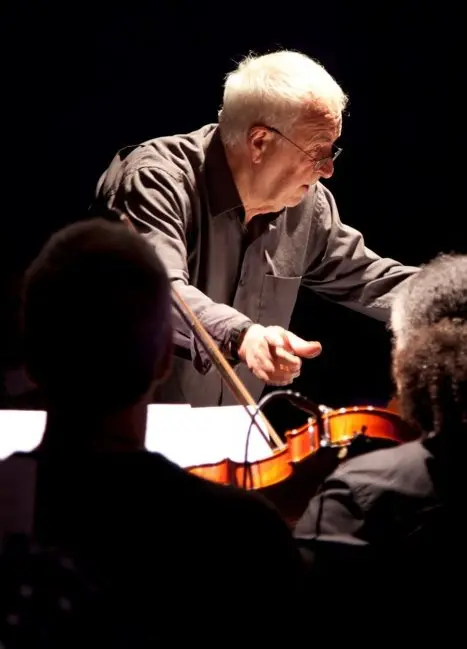By Ben Ratliff
Karl Berger, the jazz pianist, vibraphonist and conductor of improvisers, ran a workshop for his orchestra before its performance at ShapeShifter Lab in Brooklyn on Thursday night. He uses a few simple hand signals for duration, attack and pitch, and the musicians wanted to be sure they were interpreting the specifics correctly. But Mr. Berger seemed more concerned with telling them something very general.
“Hear your sound as if you’re playing the sound of the whole group,” he told them, after they played a few motley, heaving phrases in unison together. (Karl Berger’s Improvisers Orchestra plays written material — melodies and frameworks — but much more of its music is orchestral improvisation in which there are, strictly speaking, no wrong notes.) “You are the sound. You’re not just the voice within the sound. You’re the sound.”
They played some more vast chords. The music grew rounder, blended and more coherent. “Let’s get our ears open completely,” he said. “They’re open anyway, so what can we do?”

The German-born Mr. Berger, 78, played with the trumpeter Don Cherry in Europe in the early 1960s, then moved to New York, where he worked in Cherry’s band and in the city’s wider circles of free and experimental jazz. (He can be heard on Cherry’s 1966 record “Symphony for Improvisers.”) Eventually Mr. Berger and his wife, the singer Ingrid Sertso, moved upstate to Woodstock. There, in 1972, they founded the Creative Music Studio — a small, loose and progressive music school highly influential on a generation of improvisers.
From the outside it can seem that Mr. Berger has had an interrupted life as leader of bands and maker of records. (You’d think that someone who created work as excellent as, say, “Crystal Fire,” his 1991 trio album with Dave Holland and Ed Blackwell, should have a bigger discography and presence in clubs.) In any case, two years ago he started a new working band of sorts: the Improvisers Orchestra, a typically noneasy proposal. It draws on a pool of about 60 musicians, of whom 20 to 30 perform in a given concert; there have been more than 50 concerts since it started. The orchestra now plays every fortnight, once a month at ShapeShifter, in Brooklyn’s Gowanus neighborhood, and once a month at El Taller Latino Americano, on Manhattan’s Upper West Side.
His rhetoric is wide open, but his focus is precise. The rehearsals last only an hour, and so do the sets; on Thursday, with 34 players, Mr. Berger worked rigorously to get a realized ensemble sound and numerous solos or duets out of a band that included two basses, two violins and a viola; an oboe; two soprano saxophones; two bass clarinets; a mandolin; and a laptop. Some of these musicians are still little-known, including the Argentine soprano saxophonist Mercedes Figueras, who played a startlingly expressive, completely free solo; some, like the drummer Warren Smith, the cornetist Graham Haynes and the trumpeter Kirk Knuffke are fixtures in three generations of New York jazz.
The band played only three pieces: Don Cherry’s “Om Nu,” from “Symphony for Improvisers”; Mr. Berger’s old work “New Moon”, and his new work “1.22.13,” named for the day it was written. There were swing sections, strong dynamics, orchestrated dropouts and surges with one instrumental voice as a through-line, sung lines and wordless improvisation by Ms. Sertso. And Mr. Berger played two concise and beguiling solo introductions, one on piano and one on vibraphone. Typically, they didn’t use standard vocabulary: instead of striking the vibraphone bars, he mostly slid his mallets across them, making a glassy, sketchy, icy kind of music.



